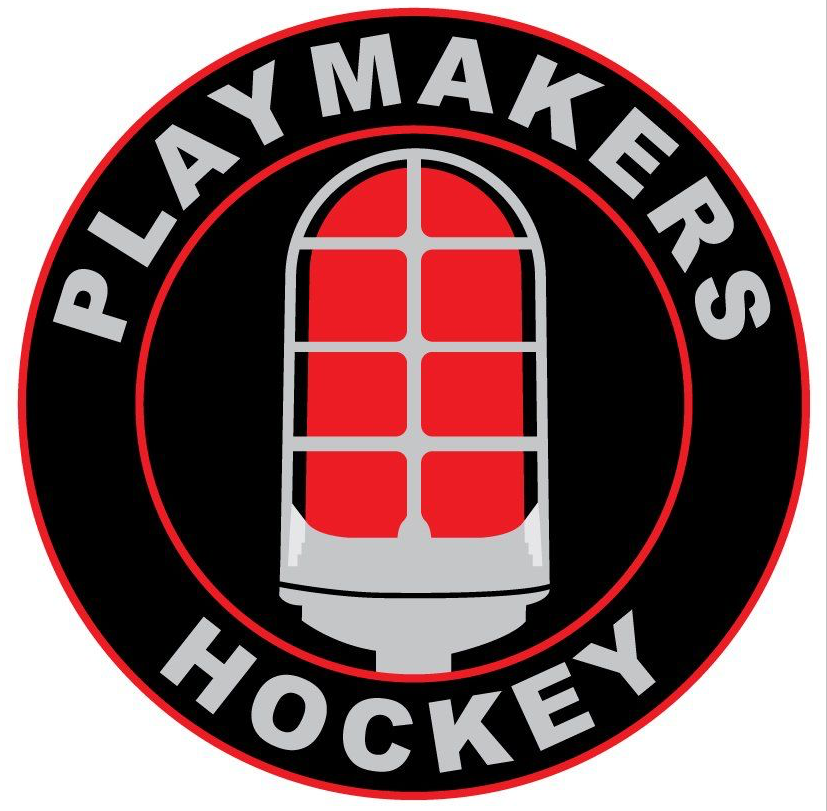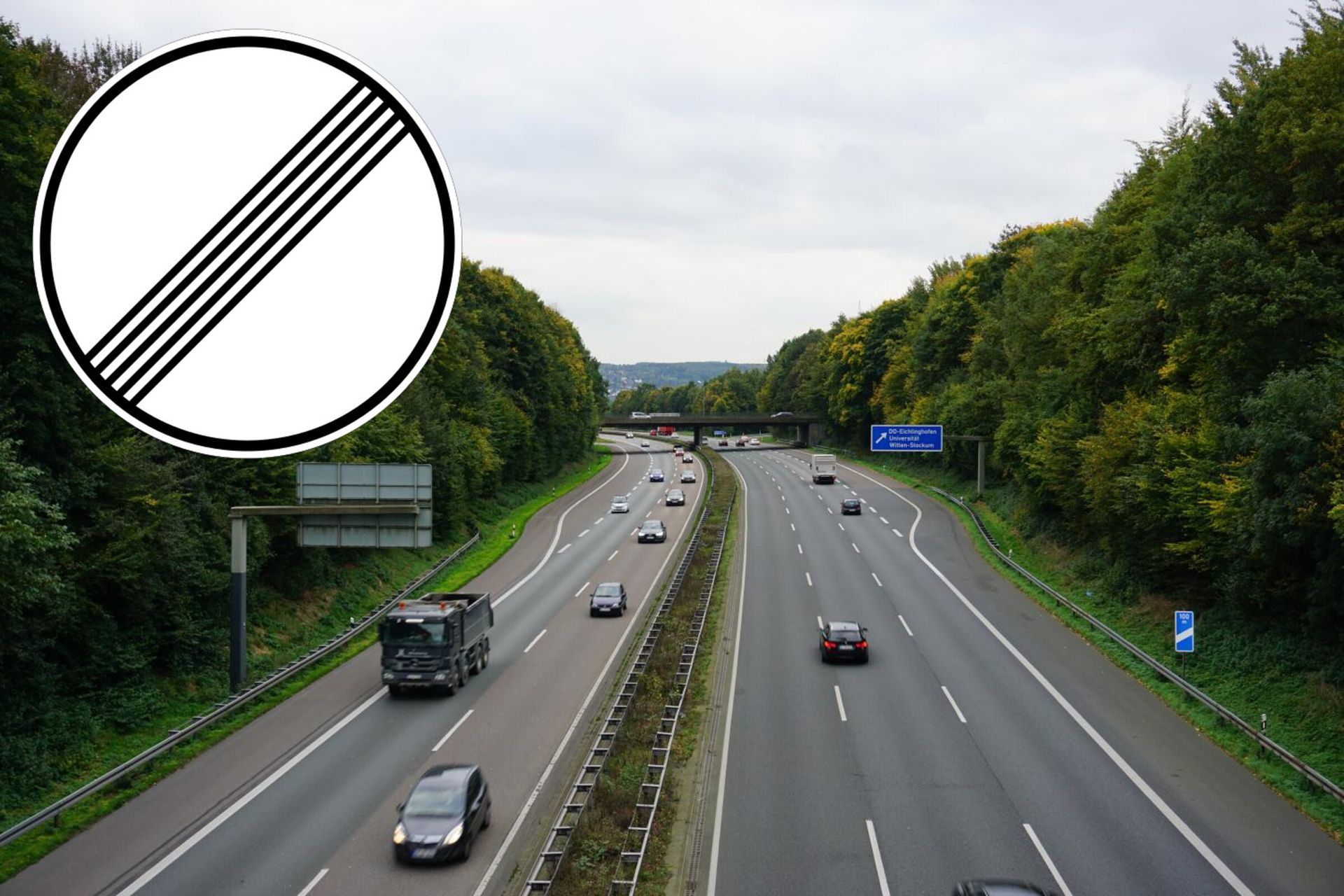Blog Layout
Speed Kills...Change of Speed Kills
Anthony Attanucci • December 6, 2020
Acceleration & Deceleration > Speed

I know it’s getting harder, but try to remember the last time you attended a live NHL, college, or junior game. Does any one component of the game stand out for you? Based upon the talk around the hockey community, the lasting impressions the games seem to be leaving are skill level and the pace or speed of the game. With the advancements in technology, performance training, and the RuleBook, the game is being played faster than ever before.
Players that are able to skate AND process faster are able to successfully navigate and impact the outcome of the game. This is nothing new. Think of some of the elite players in the game right now...McDavid, MacKinnon, Eichel, Point, etc. Each player possesses speed and skill. With regard to the speed component, is it the speed itself that makes the impact?
Speed defined - “the rate at which someone/something is able to move or operate”
Let’s face it, we all know what speed is when we see it, feel it, or even hear it. It’s an undeniable advantage for sports performance. However, I’d take it further to say that the real impact in a sports performance setting comes from Acceleration and Deceleration.
Acceleration defined - “the rate of change of increasing velocity per unit of time” in other words “the capacity to gain speed rapidly”.
Deceleration defined - “the rate of change of decreasing velocity per unit of time” in other words “the capacity to slow down rapidly”.
These two components, Acceleration and Deceleration, are the attributes that make the difference in team sports. The game environment and requirements are ever changing. Gameplay is never set to a standard rate. It’s always in flux. The real advantage in many situations is a player’s ability to rapidly change their speed with and without the puck.
- 50/50 puck off the draw? Acceleration, not speed
- Defenseman shaking a forechecker on a retrieval? Deceleration and/or Acceleration, not speed
- Puck low to high in your own end and you need to fill a shooting lane? Acceleration, not speed
- Play changes direction while you’re on the hunt? Deceleration and Acceleration, not speed
- Transitional attack? Acceleration not speed
- Turnover followed by back checking? Deceleration and Acceleration, not speed
- 1v1 situation anywhere on the ice? It’s often about Deceleration and Acceleration, not just speed
To be clear, speed is vital. These attributes are not independent of one another. Rather, they are interdependent and related. Athletes possessing top end speed often have the ability to accelerate rapidly. Athletes possessing the ability to accelerate often have the ability to decelerate. Each component contributes to the other with similar physiological requirements to express each of these stages of motion.
When deciding where to focus your training efforts, consider the following:
- In the vast majority of gameplay, 8,9, or all 10 skaters on the ice are flooding one side in all three zones. The space just isn’t available for top end speed to be a major factor all the time.
- Because of the previous point, acceleration is often king for determining the outcome of puck battles.
- Coaches often say that the game of hockey can be broken down into a series of 1v1 puck battles, and the success rate of those battles can predict game results with some regularity. If deceleration is needed for 1v1 situations to give bad information, change direction to shake defenders, or react and change direction to defend the opponent, I’d say deceleration ability is critical.
- Furthermore, with respect to deceleration, an athlete that expresses the ability to decelerate effectively and efficiently, is less likely to experience injury in non-contact situations, as well as under load.
- If you can decelerate effectively, you can follow that up with rapid acceleration by capitalizing on the Stretch-Shortening Cycle (think load and explode, plyometrics, “power” skating).
I have been lucky enough to have played with so many quality players and people over the years. This topic reminds me specifically of one former teammate that utilized Change of Speed better than any other player I’ve seen in a 1v1 setting: Patrick Mullen (son of Hall of Famer, Joe Mullen, NCAA-Denver, & currently 10 year Pro spanning the AHL, KHL, SHL, DEL, etc.). To this day, Patty is in the list of top players I’ve personally enjoyed playing with or watching, and not just because of his skill. He’s a beauty! He blended elite skills, hockey brains, and fun-loving attitude and expressed it on the ice better than just about anyone (unless he lost a puck battle or made a mistake - then he went full psycho on the poor soul he lost it to). I can picture so vividly Pat rushing the puck up the ice, playing mind games with the opposing defenseman by altering his speed; flying through the neutral zone, pumping the brakes, then just when the Dman would adjust he’d burst into high gear again and either blow by him or pull-up after the Dman was back on his heels again to gain space and find the 2nd wave, all while LITERALLY barking like a dog and running his mouth like a looney tune at the other team: competing, analyzing, and having fun doing it!
Change of Speed Kills!
Tony Attanucci
Share
Tweet
Share
Mail
More Posts



